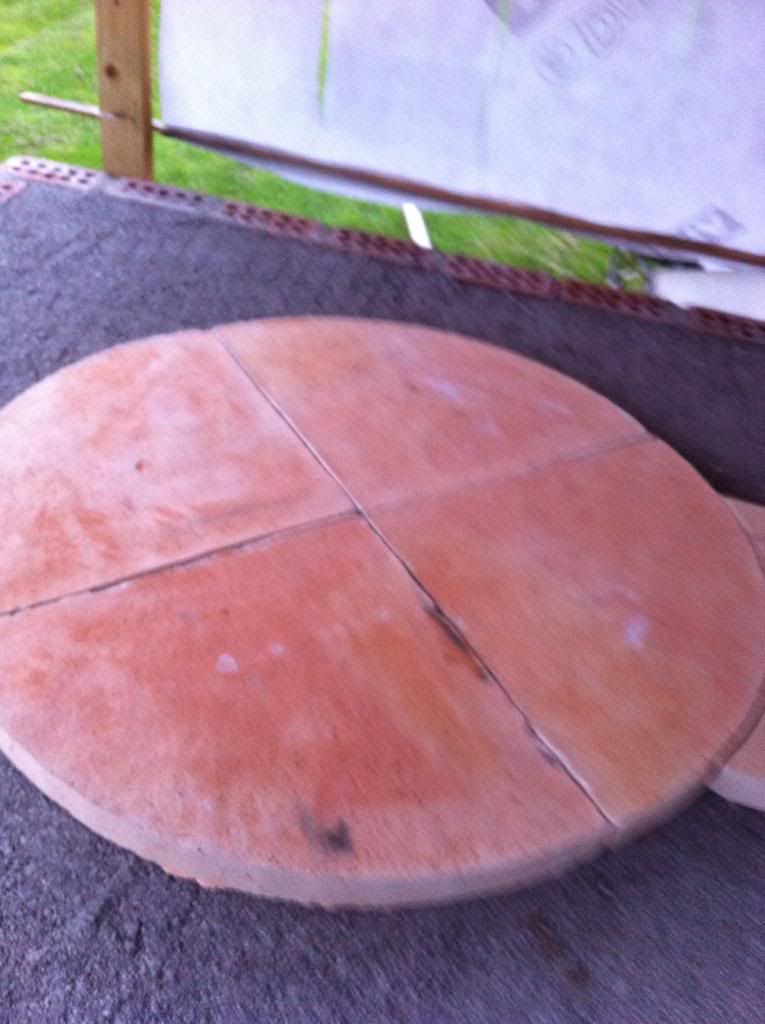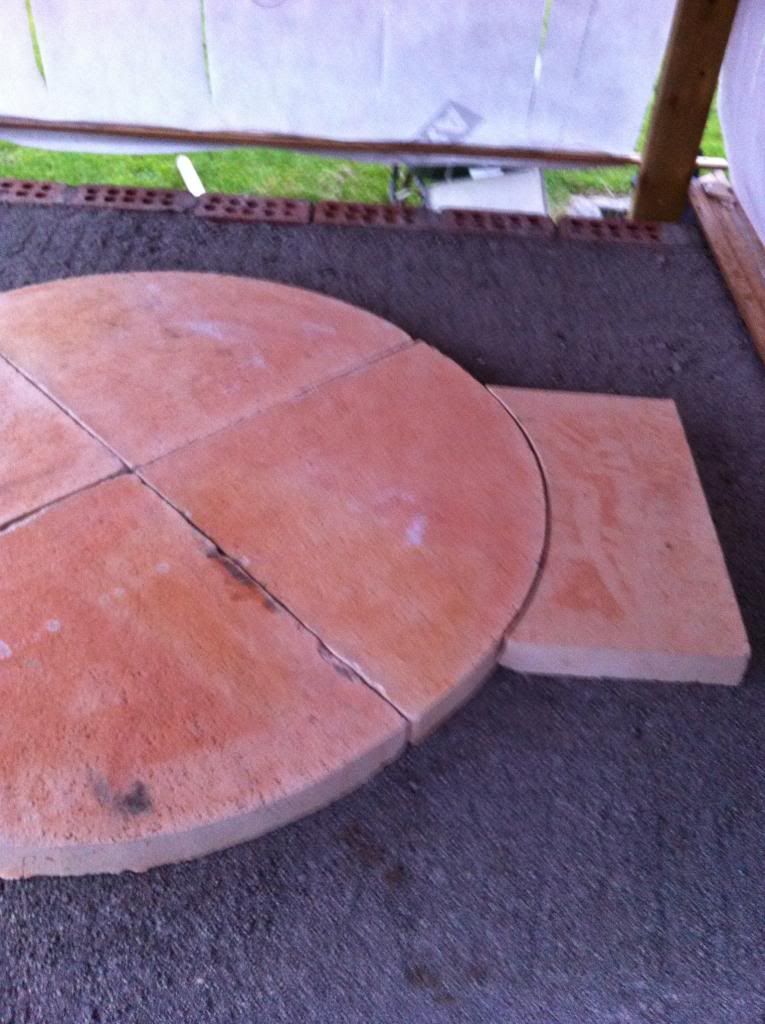Re: Filling joints in hearth slab?
OK, a comedian this morning. My IR shows wildly varying temperatures, dome one temperature, floor another but hotter, sometimes pegs the meter that max's at 550C, then I point it at my hand it reads the same...I sometime think I'm hot but that is sizzling and in both instances a crock! Old farts cannot be hot!
I threw flour onto the hearth brick and it flamed while hitting the firebrick--a place where they mill flour must be a very dangerous place because of the chance of such an explosive fire. The places where the flour hits just makes a black spot and later difficult to get off or blackens the first pizza crusts! If not flour??? What?
I'm back to my old lazy habit of not searching previous posts...must be the newbie blood or just plain summer heat lazy!
Originally posted by mrchipster
View Post
I threw flour onto the hearth brick and it flamed while hitting the firebrick--a place where they mill flour must be a very dangerous place because of the chance of such an explosive fire. The places where the flour hits just makes a black spot and later difficult to get off or blackens the first pizza crusts! If not flour??? What?
I'm back to my old lazy habit of not searching previous posts...must be the newbie blood or just plain summer heat lazy!












Comment